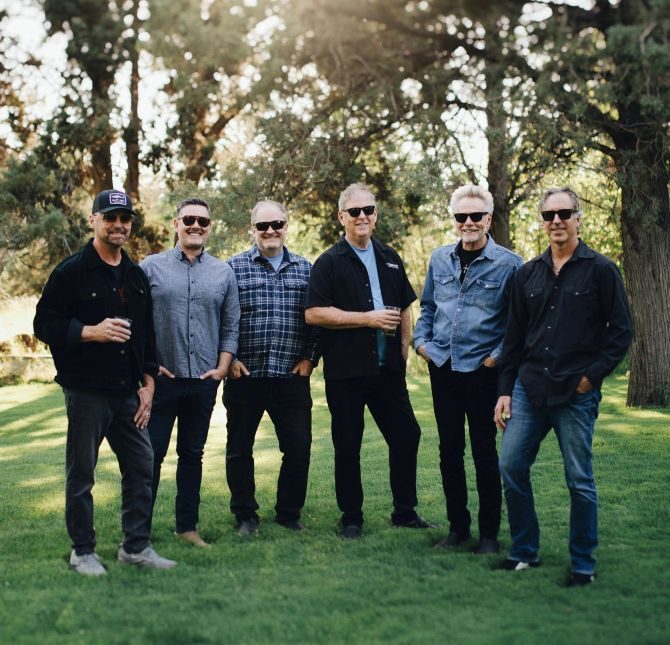Walk through time in the Oregon Badlands, the unexpected wilderness
Published 6:00 am Friday, November 17, 2023

- Hikers look out at the Badlands Wilderness from Flatiron Rock. The trail to Flatiron Rock is one of the Badlands’ more popular routes.
When snow starts to close down ready access to trails in the hills, many people look to lower elevations for places to explore. This often leads them east of Bend to the Oregon Badlands Wilderness, which has grown in popularity like many other destinations in Central Oregon.
As a designated wilderness area, it has specific provisions to protect its unique characteristics.
People may refer to any wild or outdoor place as “wilderness,” but certain areas are designated by law to receive the highest level of protection of any federal public lands. We should protect and respect all of the wild places we visit. And still, wilderness areas require some extra attention in planning visits or protecting resources once you’re there.
Some people associate wilderness with dense forest and towering peaks, yet there are several desert areas that are also part of the 111 million acres in the official wilderness system. Oregon Badlands Wilderness was designated in 2009 for several remarkable geologic features, its natural character and its opportunities for solitude. The area is managed by the federal Bureau of Land Management, an agency within the Department of the Interior.
Long ago, the area was formed by lava flows from the Badlands Volcano, which encompasses most of the area. The ridges of lava and interesting landforms were created as a result of various eruptions. Slowly, over time, as vegetation returned to the area, it began to be used by many wildlife species including deer, bobcat and mountain lion, as well as birds including falcons and bald eagles. Be aware that there is potential for seasonal closures in the areas around the Oregon Badlands Wilderness to protect the nests of these species, so be sure to check information prior to visiting or to read signs at trailheads carefully.
In an area on the north side of the wilderness, there are remnants from an old homestead site. Those who have traveled enough trails in Central Oregon have seen the rusted piles of cans and other metal scraps. These dumps provide clues in the past uses of the land we now explore. Some sites within the Oregon Badlands Wilderness are considered historic. Regulations such as the National Historic Preservation Act, ensure that these curious sites remain in place as a resource for future study and to keep records of historic land uses intact. If you come across a pile of trash that looks really old, leave it where you found it. It is illegal to remove historic relics from public lands.
Because this area is an official wilderness area, it has some specific regulations that other trails may not. For example, the maximum group size in the Oregon Badlands Wilderness is 20 people. This is to protect opportunities for solitude and minimize disturbance to others and wildlife.
The entire area is closed to motorized uses, including e-bikes. Horses or other stock are limited to certain trails. Rockhounding and of course any type of graffiti or vandalism is prohibited. To maintain the natural appearance of this landscape, expand the definition of graffiti to include scratching things into the sandy trails, building rock cairns or other formations. While those actions don’t have long-term consequences, they make the place seem less wild. Stay on the trails and avoid widening them further. Strive to leave as little evidence of your visit as possible. The Wilderness Act of 1964 which protects these areas specifically states that a person is “a visitor who does not remain.”
If you venture east of Bend and take a stroll down any of the various trails in the Oregon Badlands Wilderness, envision it thousands of years ago void of life after the lava flowed from the volcano. Glowing coals covered the land, still smoldering as they garden to rock.
Picture how plants, lichens at first, then other vegetation slowly started to grow again. And how eventually, animals moved back into the area too. Then imagine trying to homestead there, where water was scarce, the wind harsh, and the sun sweltering. Consider how your visit contributes to the long history on this stretch of High Desert. Will the time you spend there add or detract from the quality of the resources and to future visitors’ experience?
For more information about the designation of this wilderness area, the trails, and additional regulations visit the BLM’s page for the Oregon Badlands Wilderness at rb.gy/0s8510, where a georeferenced map is available for download as well.








